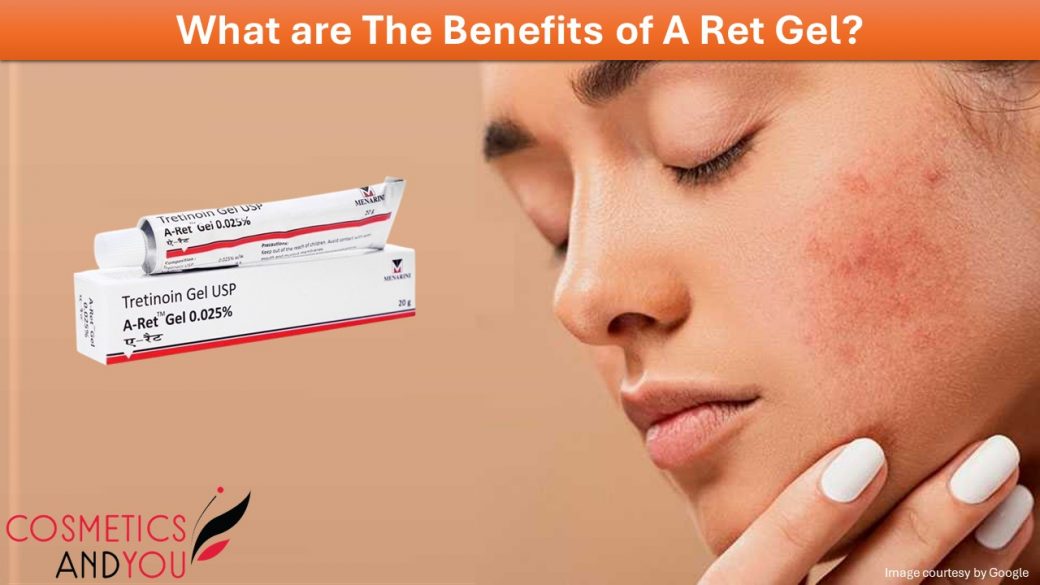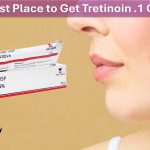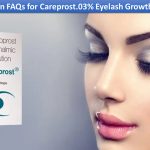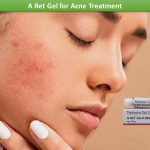The results of numerous clinical trials for treating acne vulgaris of the face suggest that A Ret gel (Tretinoin) is more effective and better tolerated than any other anti-acne formulation.
What is A Ret gel?
A Ret gel containing Tretinoin is a valuable medication for treating mild, moderate, and severe acne that is used topically. Generally, in the case of applications of topical formulation onto facial skin, it is difficult to expect their effects for a significant period because they are more likely to be removed by wetting, contacting, and movement. Tretinoin is a vitamin A derivative that belongs to a retinoid class of medicines. Topical retinoids are considered the first-line treatment of acne vulgaris, yet they can be associated with irritation, dryness, burning, itching, and peeling. A Ret gel formulation was developed to minimize these side effects.
What is A Ret gel used for?
A Ret gel treats severe acne vulgaris, characterized by the formation of pimples, whiteheads, blackheads, and inflamed nodules. The medication’s active ingredient is Tretinoin, also known for its anti-aging properties. It stimulates collagen production, improving skin’s elasticity and causing a significant reduction in fine lines and wrinkles. It is also effective at reducing photoaging caused by sun exposure.
Tretinoin works to improve hyperpigmentation by fading dark spots and patches of melasma caused by hormonal changes and sun damage. The gel preparation has a more fluid consistency and contains fewer oils. It is considered more appealing as it doesn’t leave oil on the face after application and is non-hydrating. A Ret gel is less likely to clog pores, making it suitable for people with oily and acne-prone skin. The product is generally recommended for people with oily skin because it is less likely to cause additional oil. The texture is extremely lightweight and nongreasy and does not leave residue on the skin.
Various benefits of A Ret gel
A Ret gel or Tretinoin provides the following benefits-
- Reducing the appearance of fine lines and dark spots
- Improving skin texture
- Fades dark spots and hyperpigmentation
- Reduce roughness and offer a more even complexion
- Reducing the frequency and severity of acne outbreaks
- Reduce the appearance of existing acne
The retinoid in the gel stimulates the generation of skin cells, which means they grow and divide quickly. This removes dead skin cells and helps grow new cells. This keeps the pores clear of bacteria and other irritants. Various studies have proved the effectiveness of this medicine for treating sun-damaged skin. This formulation is also very effective when used alone or with other acne treatments, such as azelaic acid, benzoyl peroxide, and clindamycin. The gel is more easily absorbed into the skin and is best suited for people with dry skin. The cream form of the medicine is more effective for people with oily skin.
What are the possible side effects?
Some medicines may cause some side effects. The side effects may not need medical attention, but it’s important to consult your dermatologist if any side effects appear. This product’s most common side effects include burning, stinging, peeling, redness, or unusual skin dryness. The less common side effects are pain, redness, dryness, irritation, or peeling at the application site. If their side appears, contact your doctor immediately. Some more common side effects usually do not need medical attention. These side effects may disappear after your body adjusts to this topical medicine. The more common side effects are burning, stinging sensation, itching, scaling, or redness of the skin, slight peeling (mild), darkening, mild redness, mild dryness, and mild unusually warm skin.
How to use A Ret gel?
The dosages of any medicine are different for different patients. Follow your dermatologist’s advice while using a ret gel. The amount of topical medicine you apply depends on the strength of the medicine. Generally, the given doses are prescribed for different skin concerns:
- For acne (for topical use): Adults can apply to the affected area(s) of the facial skin once a day, at bedtime.
- To reduce fine wrinkles, hyperpigmentation, dark spots, or rough skin caused by the sun, adults apply to the facial skin’s affected area(s) once daily at bedtime.
If you have a history of allergies to Tretinoin, please avoid using A ret gel. Consult a dermatologist for an alternative.





